When Are Ribs Done? The Direct Answer
Ribs are perfectly done when they reach an internal temperature of 190-205°F AND pass the bend test (forming a 45-degree angle when lifted with tongs). This combination ensures tender, juicy ribs that pull cleanly from the bone without falling apart. Forget timers or guesswork - these two tests work every time for all rib types.
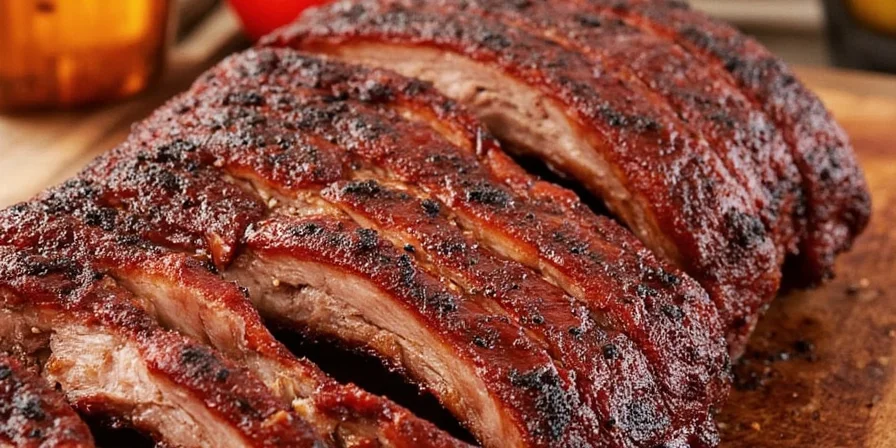
Most home cooks make the mistake of relying on just one indicator. Temperature alone doesn't guarantee tenderness, and visual cues can be misleading. This guide gives you exactly what you need to know - no unnecessary science or competition barbecue jargon.
The 5 Most Reliable Tests for Perfect Ribs
Professional pitmasters use these five practical tests in order of reliability. You only need the first two for consistent results:
- Internal Temperature (most reliable)
- Bend Test (second most reliable)
- Meat Pull-Back (visual indicator)
- Texture Test (tactile check)
- Resting Time (final step)
Let's examine each test with clear, actionable guidance you can use today.
Temperature Test: Your Most Reliable Indicator
Insert your thermometer probe between bones (not touching bone) for an accurate reading. Here's what to look for:
| Rib Type | Perfect Temperature Range | What Happens Below This Range |
|---|---|---|
| St. Louis Cut | 190-205°F | Tough connective tissue remains |
| Back Ribs | 185-200°F | Fat doesn't render properly |
| Country-Style Ribs | 195-210°F | Meat stays chewy |
Important: The USDA safety minimum is 145°F for pork, but ribs need higher temperatures for tender results. Wait until your thermometer reads at least 190°F before checking other indicators.
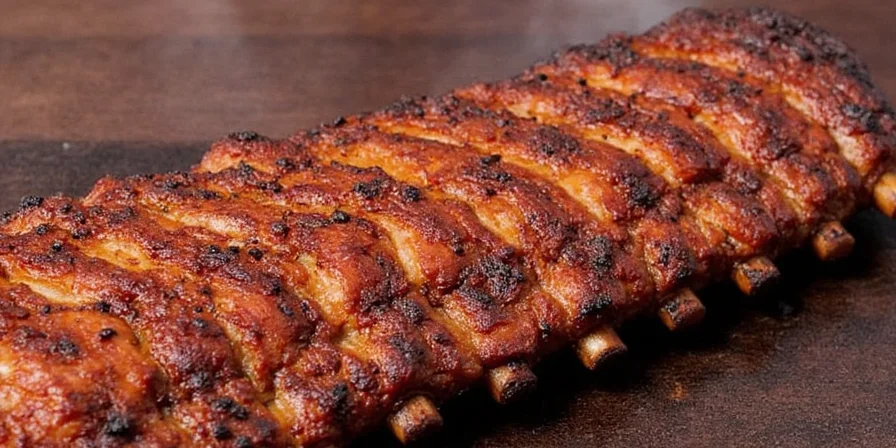
Bend Test: The Second Critical Check
When temperature hits 190°F+, perform the bend test:
- Lift ribs in the center with tongs
- They're done when they bend to form a 45-degree angle
- Small cracks appear on the surface
- Ribs should not snap completely
This test matters because temperature alone doesn't guarantee tenderness. If your ribs reach 205°F but won't bend, they're still undercooked. Wait and check again in 15-20 minutes.

Meat Pull-Back: The Visual Confirmation
When ribs are properly cooked, the meat retracts from the bone by about 1/4 inch. Look for:
- Meat pulling back from the ends of the bones
- Bones protruding slightly (about 1/4 inch)
- No raw-looking meat around the bones
This visual cue confirms the connective tissue has broken down. If bones are still fully covered, ribs need more time.
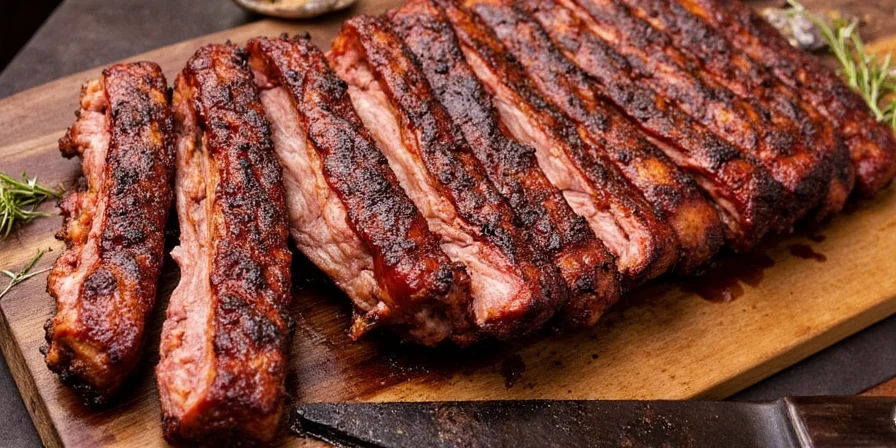
Texture Test: Final Tactile Check
Gently pull on a bone. Perfectly cooked ribs will:
- Offer slight resistance then separate cleanly
- Feel tender but not falling apart
- Have meat that pulls away easily with teeth
Warning signs:
- Undercooked: Meat resists separation, feels tough
- Overcooked: Meat falls off bone with no resistance
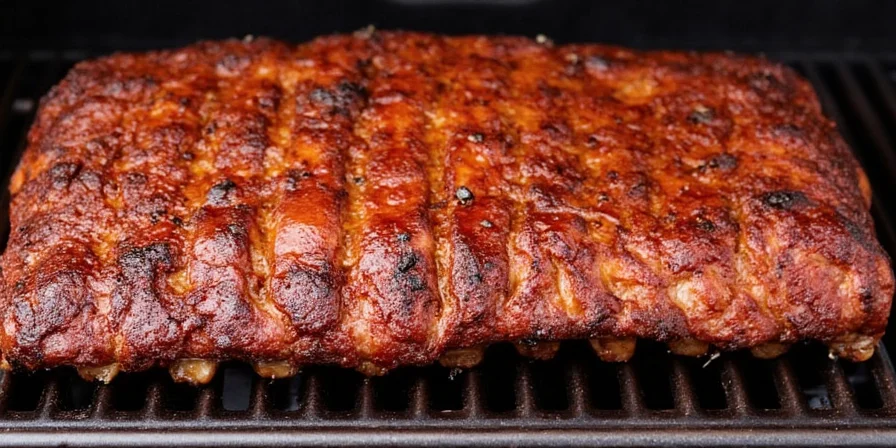
Resting: The Essential Final Step
After removing ribs from heat, rest them for 10-15 minutes:
- Place on cutting board, bone-side down
- Do NOT wrap (this softens the bark)
- Cover loosely with foil if needed
- Resting allows juices to redistribute
Resting time is non-negotiable - skipping it loses up to 30% of your juices. The internal temperature will drop about 5-10 degrees during resting, reaching the perfect serving temperature.
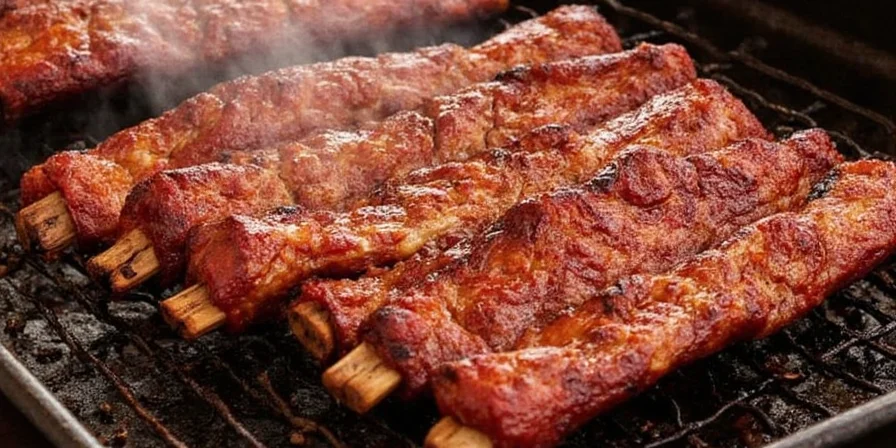
Avoid These 3 Critical Mistakes
Most failed rib attempts come from these preventable errors:
- Mistake #1: Checking temperature too early - wait until at least 5 hours into cooking before checking (for 225°F smoker)
- Mistake #2: Moving ribs too often - each check adds 10-15 minutes to cooking time
- Mistake #3: Skipping the bend test - temperature alone doesn't guarantee tenderness
Pro Tip: Use an oven-proof thermometer probe you can leave in the ribs throughout cooking. This gives continuous readings without opening your smoker.
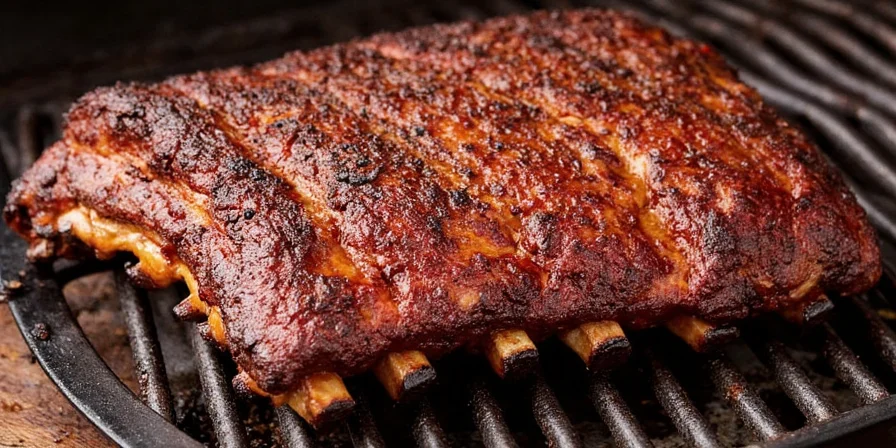
Most Common Questions Answered
| Question | Direct Answer |
|---|---|
| How long should ribs cook at 225°F? | 5-6 hours for back ribs, 6-7 hours for St. Louis cut. Always check temperature rather than timing. |
| Can ribs be overcooked? | Yes. Overcooked ribs fall off the bone completely and feel mushy rather than tender. |
| Should I wrap ribs in foil? | Only if using the Texas crutch method. Foil speeds cooking but reduces bark development. |
| Why are my ribs tough? | Most common causes: undercooked (below 190°F), temperature fluctuations, or not resting properly. |
| Do ribs need to rest? | Yes. Resting for 10-15 minutes lets juices redistribute. Skipping this loses up to 30% of moisture. |

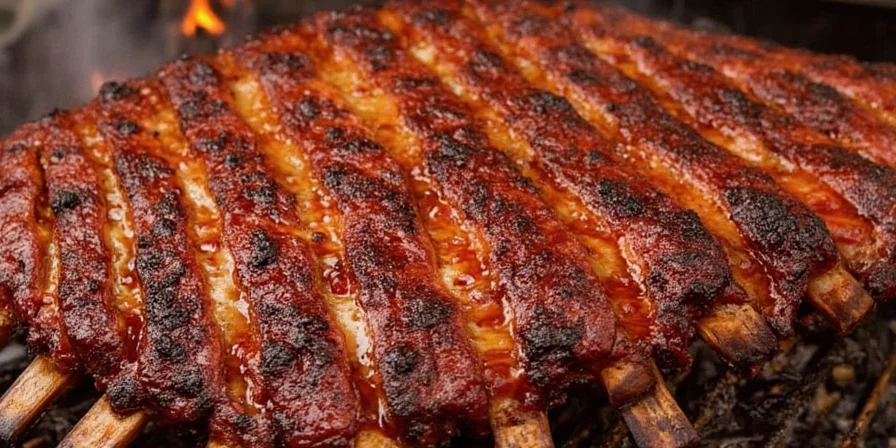









 浙公网安备
33010002000092号
浙公网安备
33010002000092号 浙B2-20120091-4
浙B2-20120091-4